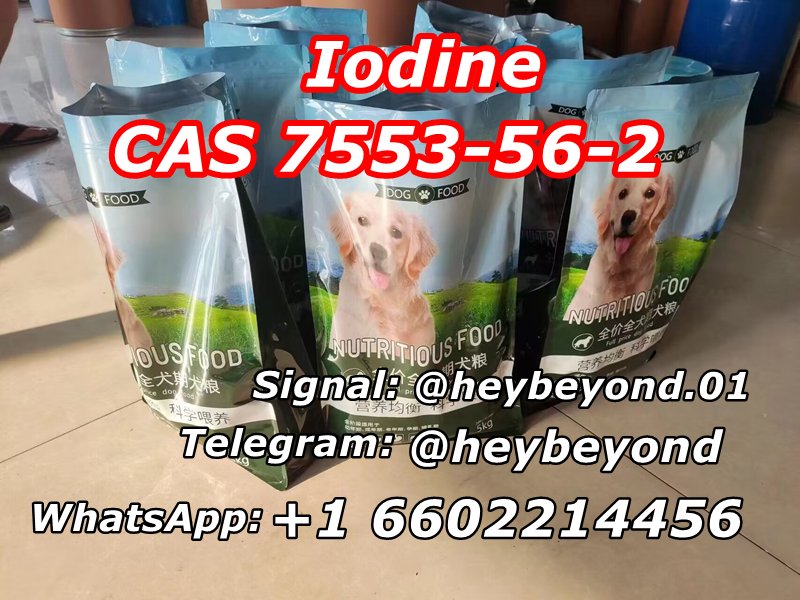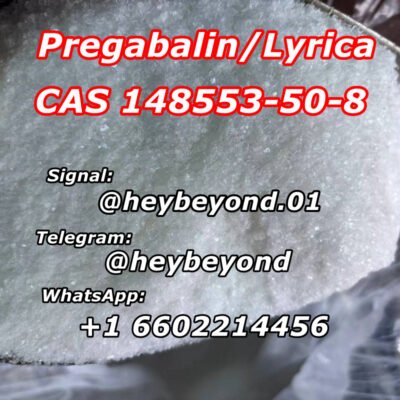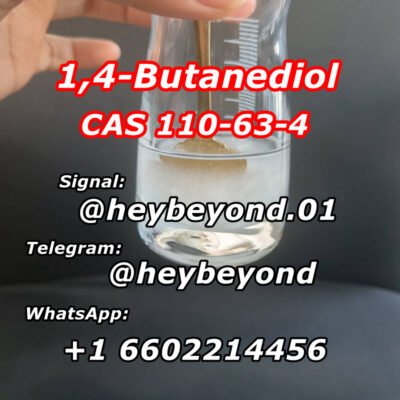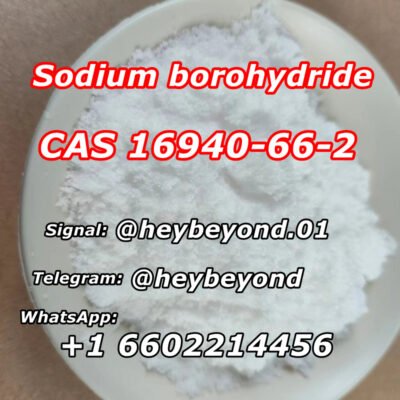Iodine CAS 7553-56-2 is a chemical element; it has symbol I and atomic number 53. The heaviest of the stable halogens, it exists at standard conditions as a semi-lustrous, non-metallic solid that melts to form a deep violet liquid at 114 °C (237 °F), and boils to a violet gas at 184 °C (363 °F). The element was discovered by the French chemist Bernard Courtois in 1811 and was named two years later by Joseph Louis Gay-Lussac, after the Ancient Greek Ιώδης, meaning ‘violet’.
Iodine Product Information
| Product Name | Iodine |
| Synonyms | IodineFlakes,99.998%; Iodine,Resublimed,99.5%; Iodine(Resublimed)ExtraPure; Iodine,99+%; NLT99,5%orrefined; Iodine,0.1Nstandardsolution; Iodine,foranalysisACS,99.8+% |
| CAS NO | 7553-56-2 |
| Molecular Formula | I2 |
| Molecular Weight | 253.81 |
| EINECS | 231-442-4 |
| Melting Point | 113 °C (lit.) |
| Boiling Point | 184 °C (lit.) |
| Flash Point | <10℃ |
| Density | 1.32 g/mL at 25 °C |
| Storage | Store at RT |
| Solubility | Miscible with chloroform, carbon tetrachloride, carbon disulfide, cyclohexane, methanol, ethyl acetate, toluene, benzene, n-hexane, butanediol, ethyl bromide, n-heptane, glycerol and ether |
| Appearance | Maroon particles (round) |
CAS 7553-56-2 Packing

Iodine occurs in many oxidation states, including iodide (I−), iodate (IO−
3), and the various periodate anions. As the heaviest essential mineral nutrient, iodine is required for the synthesis of thyroid hormones. Iodine deficiency affects about two billion people and is the leading preventable cause of intellectual disabilities.
The dominant producers of iodine today are Chile and Japan. Due to its high atomic number and ease of attachment to organic compounds, it has also found favour as a non-toxic radiocontrast material. Because of the specificity of its uptake by the human body, radioactive isotopes of iodine can also be used to treat thyroid cancer. Iodine is also used as a catalyst in the industrial production of acetic acid and some polymers.
Chemistry and compounds
Iodine is quite reactive, but it is much less reactive than the other halogens. For example, while chlorine gas will halogenate carbon monoxide, nitric oxide, and sulfur dioxide (to phosgene, nitrosyl chloride, and sulfuryl chloride respectively), iodine will not do so. Furthermore, iodination of metals tends to result in lower oxidation states than chlorination or bromination; for example, rhenium metal reacts with chlorine to form rhenium hexachloride, but with bromine it forms only rhenium pentabromide and iodine can achieve only rhenium tetraiodide. By the same token, however, since iodine has the lowest ionisation energy among the halogens and is the most easily oxidised of them, it has a more significant cationic chemistry and its higher oxidation states are rather more stable than those of bromine and chlorine, for example in iodine heptafluoride.
Charge-transfer complexes
The iodine molecule, I2, dissolves in CCl4 and aliphatic hydrocarbons to give bright violet solutions. In these solvents the absorption band maximum occurs in the 520 – 540 nm region and is assigned to a π* to σ* transition. When I2 reacts with Lewis bases in these solvents a blue shift in I2 peak is seen and the new peak (230 – 330 nm) arises that is due to the formation of adducts, which are referred to as charge-transfer complexes.
Hydrogen iodide
The simplest compound of iodine is hydrogen iodide, HI. It is a colourless gas that reacts with oxygen to give water and iodine. Although it is useful in iodination reactions in the laboratory, it does not have large-scale industrial uses, unlike the other hydrogen halides. Commercially, it is usually made by reacting iodine with hydrogen sulfide or hydrazine:
- 2 I2 + N2H4 H2O⟶ 4 HI + N2
At room temperature, it is a colourless gas, like all of the hydrogen halides except hydrogen fluoride, since hydrogen cannot form strong hydrogen bonds to the large and only mildly electronegative iodine atom. It melts at −51.0 °C and boils at −35.1 °C. It is an endothermic compound that can exothermically dissociate at room temperature, although the process is very slow unless a catalyst is present: the reaction between hydrogen and iodine at room temperature to give hydrogen iodide does not proceed to completion. The H–I bond dissociation energy is likewise the smallest of the hydrogen halides, at 295 kJ/mol.
Aqueous hydrogen iodide is known as hydroiodic acid, which is a strong acid. Hydrogen iodide is exceptionally soluble in water: one litre of water will dissolve 425 litres of hydrogen iodide, and the saturated solution has only four water molecules per molecule of hydrogen iodide. Commercial so-called “concentrated” hydroiodic acid usually contains 48–57% HI by mass; the solution forms an azeotrope with boiling point 126.7 °C at 56.7 g HI per 100 g solution. Hence hydroiodic acid cannot be concentrated past this point by evaporation of water. Unlike gaseous hydrogen iodide, hydroiodic acid has major industrial use in the manufacture of acetic acid by the Cativa process.
Unlike hydrogen fluoride, anhydrous liquid hydrogen iodide is difficult to work with as a solvent, because its boiling point is low, it has a small liquid range, its permittivity is low and it does not dissociate appreciably into H2I+ and HI−
2 ions – the latter, in any case, are much less stable than the bifluoride ions (HF−
2) due to the very weak hydrogen bonding between hydrogen and iodine, though its salts with very large and weakly polarising cations such as Cs+ and NR+
4 (R = Me, Et, Bun) may still be isolated. Anhydrous hydrogen iodide is a poor solvent, able to dissolve only small molecular compounds such as nitrosyl chloride and phenol, or salts with very low lattice energies such as tetraalkylammonium halides.
Contact
Signal: @heybeyond.01
Telegram: @heybeyond
WhatsApp: +1 6602214456
Products Website: https://pmk-28578-16-7.com








Reviews
There are no reviews yet.